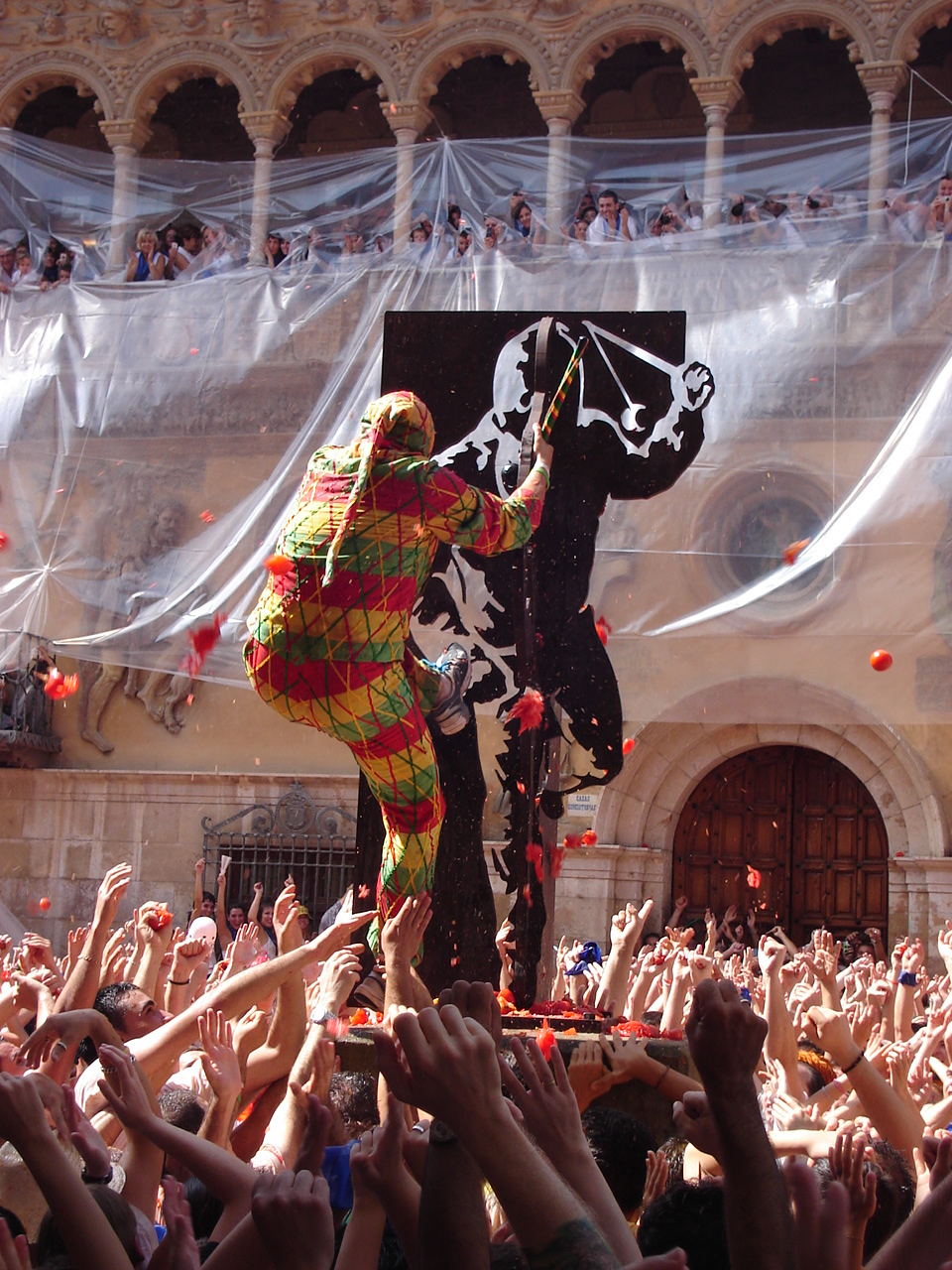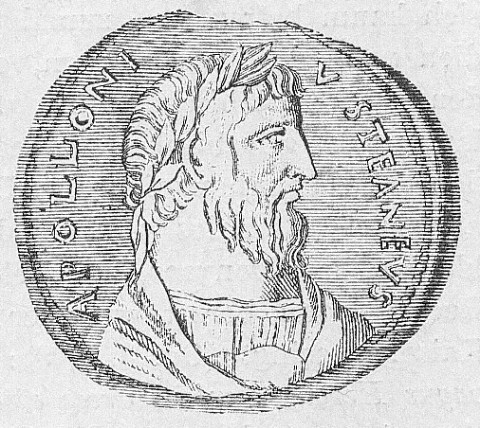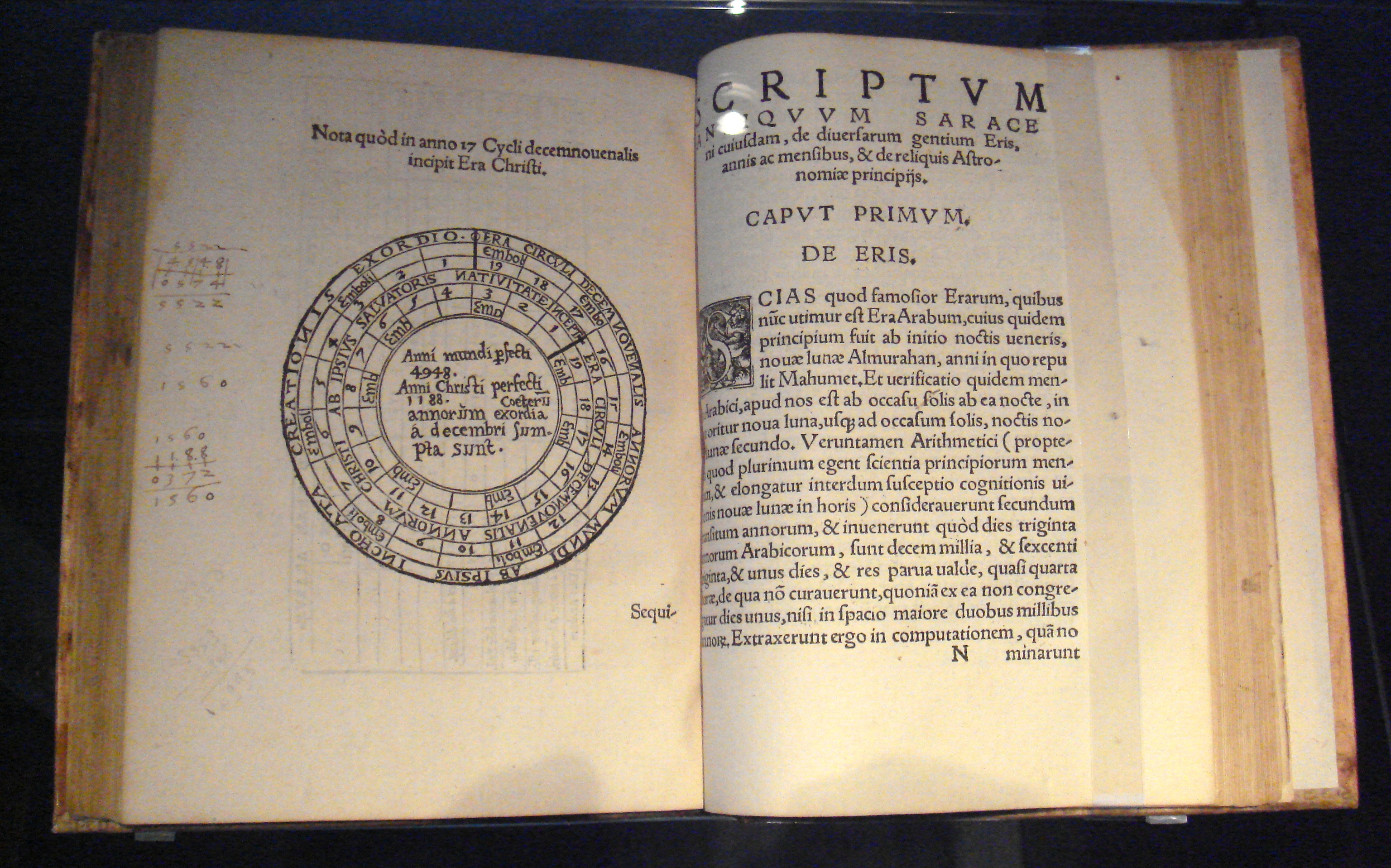|
Hugo Of Santalla
Hugo of Santalla (also Hugh of Santalla, of Sanctalla, Hugo Sanctelliensis) was a significant translator of the first part of the twelfth century. From Arabic originals, he produced Latin translations of texts on alchemy, astronomy, astrology and geomancy. He is thought to have been a Spanish priest, working in Tarazona. Michael, bishop of Tarazona was a patron. Works attributed to him are translations of Alfraganus, Haly, the ''Liber de secretis naturae'' of Apollonius of Tyana, ''De Spatula'' on divination, and the '' Tabula Smaragdina''. His ''Liber Aristotilis'' was an anthology of material with Greek and Persian origins, none of it now attributed to |
Alchemy
Alchemy (from the Arabic word , ) is an ancient branch of natural philosophy, a philosophical and protoscientific tradition that was historically practised in China, India, the Muslim world, and Europe. In its Western form, alchemy is first attested in a number of pseudepigraphical texts written in Greco-Roman Egypt during the first few centuries AD.. Greek-speaking alchemists often referred to their craft as "the Art" (τέχνη) or "Knowledge" (ἐπιστήμη), and it was often characterised as mystic (μυστική), sacred (ἱɛρά), or divine (θɛíα). Alchemists attempted to purify, mature, and perfect certain materials. Common aims were chrysopoeia, the transmutation of " base metals" (e.g., lead) into "noble metals" (particularly gold); the creation of an elixir of immortality; and the creation of panaceas able to cure any disease. The perfection of the human body and soul was thought to result from the alchemical ''magnum opus'' ("Great Work"). The ... [...More Info...] [...Related Items...] OR: [Wikipedia] [Google] [Baidu] |
Astronomy
Astronomy is a natural science that studies celestial objects and the phenomena that occur in the cosmos. It uses mathematics, physics, and chemistry in order to explain their origin and their overall evolution. Objects of interest include planets, natural satellite, moons, stars, nebulae, galaxy, galaxies, meteoroids, asteroids, and comets. Relevant phenomena include supernova explosions, gamma ray bursts, quasars, blazars, pulsars, and cosmic microwave background radiation. More generally, astronomy studies everything that originates beyond atmosphere of Earth, Earth's atmosphere. Cosmology is a branch of astronomy that studies the universe as a whole. Astronomy is one of the oldest natural sciences. The early civilizations in recorded history made methodical observations of the night sky. These include the Egyptian astronomy, Egyptians, Babylonian astronomy, Babylonians, Greek astronomy, Greeks, Indian astronomy, Indians, Chinese astronomy, Chinese, Maya civilization, M ... [...More Info...] [...Related Items...] OR: [Wikipedia] [Google] [Baidu] |
Astrology
Astrology is a range of Divination, divinatory practices, recognized as pseudoscientific since the 18th century, that propose that information about human affairs and terrestrial events may be discerned by studying the apparent positions of Celestial objects in astrology, celestial objects. Different cultures have employed forms of astrology since at least the 2nd millennium BCE, these practices having originated in Calendrical calculation, calendrical systems used to predict seasonal shifts and to interpret celestial cycles as signs of divine communications. Most, if not all, cultures have attached importance to what they observed in the sky, and some—such as the Hindu astrology, Hindus, Chinese astrology, Chinese, and the Maya civilization, Maya—developed elaborate systems for predicting terrestrial events from celestial observations. Western astrology, one of the oldest astrological systems still in use, can trace its roots to 19th–17th century BCE Mesopotamia, fr ... [...More Info...] [...Related Items...] OR: [Wikipedia] [Google] [Baidu] |
Geomancy
Geomancy, a compound of Greek roots denoting "earth divination", was originally used to mean methods of divination that interpret geographic features, markings on the ground, or the patterns formed by soil, rock (geology), rocks, or sand. Its definition has expanded over time (along with the recognized definition of the suffix ''-mancy''), to include any spiritual, metaphysical, or pseudoscientific practice that is related to the Earth. In recent times the term has been applied to a wide range of other occult and fringe activities, including Earth mysteries and the introduction of ley lines and . Geomancy was one of the forms of divination throughout Africa and Europe in premodern times, but was considered a forbidden practice by Christians in medieval Europe.Johannes Hartlieb (Munich, 1456) ''The Book of All Forbidden Arts''; quoted in In other regions and cultures, geomancy practices include ''Sikidy'' and ''Ifá'' (found in Africa), I Ching and Feng shui (found in China), Ku ... [...More Info...] [...Related Items...] OR: [Wikipedia] [Google] [Baidu] |
Tarazona
Tarazona is a town and municipality in the Tarazona y el Moncayo comarca, province of Zaragoza (province), Zaragoza, in Aragon, Spain. It is the capital of the Tarazona y el Moncayo Aragonese comarca. It is also the seat of the Roman Catholic Diocese of Tarazona. Located on the river Queiles, a tributary of the Ebro, Tarazona was an important regional centre of ancient Rome, known as Turiaso, located around from Bilbilis. The city later came under the rule of the Visigoths, who called it Tirasona. Tarazona has an area of 244.01 square kilometers and a population of 10,756 and is located 480 meters above sea level. History During the Roman Empire, Roman era, Tarazona was a prosperous city whose inhabitants were full Roman citizens; it was known as ''Turiaso''. The city declined after the fall of the Roman Empire, and later became a Muslim town in the 8th century. It was Reconquista, conquered in 1119 by Alfonso I of Aragon and became the seat of the diocese of Tarazona. Con ... [...More Info...] [...Related Items...] OR: [Wikipedia] [Google] [Baidu] |
Alfraganus
Abū al-ʿAbbās Aḥmad ibn Muḥammad ibn Kathīr al-Farghānī () also known as Alfraganus in the West (870), was an astronomer in the Abbasid court in Baghdad, and one of the most famous astronomers in the 9th century. Al-Farghani composed several works on astronomy and astronomical equipment that were widely distributed in Arabic and Latin and were influential to many scientists. His best known work, ''Kitāb fī Jawāmiʿ ʿIlm al-Nujūmi'' (whose name translates to ''Elements of astronomy on the celestial motions''), was an extensive summary of Ptolemy's Almagest containing revised and more accurate experimental data. Christopher Columbus used Al Farghani's calculations for his voyages to America (but mistakenly interpreted Arabic miles as Roman miles). In addition to making substantial contributions to astronomy, al-Farghani also worked as an engineer, supervising construction projects on rivers in Cairo, Egypt. The lunar crater '' Alfraganus'' is named after him. Life ... [...More Info...] [...Related Items...] OR: [Wikipedia] [Google] [Baidu] |
Haly Abenragel
Abū l-Ḥasan 'Alī ibn Abī l-Rijāl al-Shaybani () (commonly known in European languages as ''Haly'', ''Hali'', ''Albohazen Haly filii Abenragel'' or ''Haly Abenragel'', from ''ibn Rijal'') was an Arab astrologer of the 10th to 11th century CE / 4th to 5th century AH best known for his ''Kitāb al-bāri' fī aḥkām an-nujūm''. Life He was a court astrologer to the Tunisian prince al-Mu'izz ibn Bâdis in the first half of the 11th century CE / 5th century AH. Haly died after 1037/428 in Kairouan in what is now Tunisia. Works His ''Kitāb al-bāri' fī aḥkām an-nujūm'' was translated by Yehudā ben Moshe into Old Castilian for Alfonso X of Castile in 1254 under the title ''El libro conplido en los iudizios de las estrellas'' ("The complete book on the judgment of the stars"). The only surviving manuscript of the Old Castilian translation is MS 3065 at the National Library in Madrid, which however only contains 5 of the 8 books of the complete Old Castilian translatio ... [...More Info...] [...Related Items...] OR: [Wikipedia] [Google] [Baidu] |
Apollonius Of Tyana
Apollonius of Tyana (; ; ) was a Greek philosopher and religious leader from the town of Tyana, Cappadocia in Roman Anatolia, who spent his life travelling and teaching in the Middle East, North Africa and India. He is a central figure in Neopythagoreanism and was one of the most famous " miracle workers" of his day. His exceptional personality and his mystical way of life, which was regarded as exemplary, impressed his contemporaries and had a lasting cultural influence. Numerous legends surrounding him and accounts of his life are contained in the extensive ''Life of Apollonius''. Many of the ancient legends of Apollonius consist of numerous reports about miracles that he was said to have performed as a wandering sage with his lifelong companion Damis. He was tried for allegedly having used magic as a means of conspiring against the emperor; after his conviction and subsequent death-penalty, his followers believed he underwent heavenly ascension. Most modern scho ... [...More Info...] [...Related Items...] OR: [Wikipedia] [Google] [Baidu] |
Tabula Smaragdina
The Emerald Tablet, also known as the Smaragdine Table or the ''Tabula Smaragdina'', is a compact and cryptic text traditionally attributed to the legendary Hellenistic period, Hellenistic figure Hermes Trismegistus. The earliest known versions are four Arabic recensions preserved in mystical and alchemical treatises between the 8th and 10th centuries CE—chiefly the ''Sirr al-khaliqa, Secret of Creation'' () and the ''Secretum Secretorum, Secret of Secrets'' (). It was often accompanied by a frame story about the discovery of an emerald tablet in Hermes' tomb. From the 12th century onward, Latin translations—most notably the widespread so-called ''vulgate''—introduced the text to Europe, where it attracted great scholarly interest. Medieval commentators such as Ortolanus, Hortulanus interpreted it as a "foundational text" of alchemical instructions for producing the philosopher's stone and Chrysopoeia, making gold. During the Renaissance, interpreters increasingly read ... [...More Info...] [...Related Items...] OR: [Wikipedia] [Google] [Baidu] |
Aristotle
Aristotle (; 384–322 BC) was an Ancient Greek philosophy, Ancient Greek philosopher and polymath. His writings cover a broad range of subjects spanning the natural sciences, philosophy, linguistics, economics, politics, psychology, and the arts. As the founder of the Peripatetic school of philosophy in the Lyceum (classical), Lyceum in Athens, he began the wider Aristotelianism, Aristotelian tradition that followed, which set the groundwork for the development of modern science. Little is known about Aristotle's life. He was born in the city of Stagira (ancient city), Stagira in northern Greece during the Classical Greece, Classical period. His father, Nicomachus (father of Aristotle), Nicomachus, died when Aristotle was a child, and he was brought up by a guardian. At around eighteen years old, he joined Plato's Platonic Academy, Academy in Athens and remained there until the age of thirty seven (). Shortly after Plato died, Aristotle left Athens and, at the request ... [...More Info...] [...Related Items...] OR: [Wikipedia] [Google] [Baidu] |
Latin Translations Of The 12th Century
Latin translations of the 12th century were spurred by a major search by European scholars for new learning unavailable in western Europe Renaissance of the 12th century, at the time; their search led them to areas of southern Europe, particularly in Taifa of Toledo, central Spain and Sicily#Arab period (827–1091), Sicily, which recently had come under Christian rule following their reconquest in the late 11th century. These areas had been under Muslim rule for a considerable time, and still had substantial Arabic-speaking populations to support their search. The combination of this accumulated knowledge and the substantial numbers of Arabic-speaking scholars there made these areas intellectually attractive, as well as culturally and politically accessible to Latin scholars. A typical story is that of Gerard of Cremona (c. 1114–87), who is said to have made his way to Toledo, well after its reconquest by Christians in 1085, because he: Many Christian theologians were highly ... [...More Info...] [...Related Items...] OR: [Wikipedia] [Google] [Baidu] |
David Pingree
David Edwin Pingree (January 2, 1933 – November 11, 2005) was an American historian of mathematics in the ancient world. He was a University Professor and Professor of History of Mathematics and Classics at Brown University. Life Pingree graduated from Phillips Academy in Andover, Massachusetts, in 1950. He studied at Harvard University, where he earned his doctorate in 1960 with a dissertation on the supposed transmission of Hellenistic astrology to India. His dissertation was supervised by Daniel Henry Holmes Ingalls, Sr. and Otto Eduard Neugebauer. After completing his PhD, Pingree remained at Harvard for three more years as a member of its Society of Fellows before moving to the University of Chicago to accept the position of Research Associate at the Oriental Institute. He joined the History of Mathematics Department at Brown University in 1971, eventually holding the chair until his death. As successor to Otto Neugebauer in Brown's History of Mathematics Departme ... [...More Info...] [...Related Items...] OR: [Wikipedia] [Google] [Baidu] |








